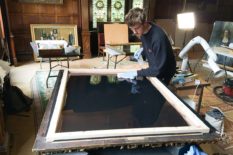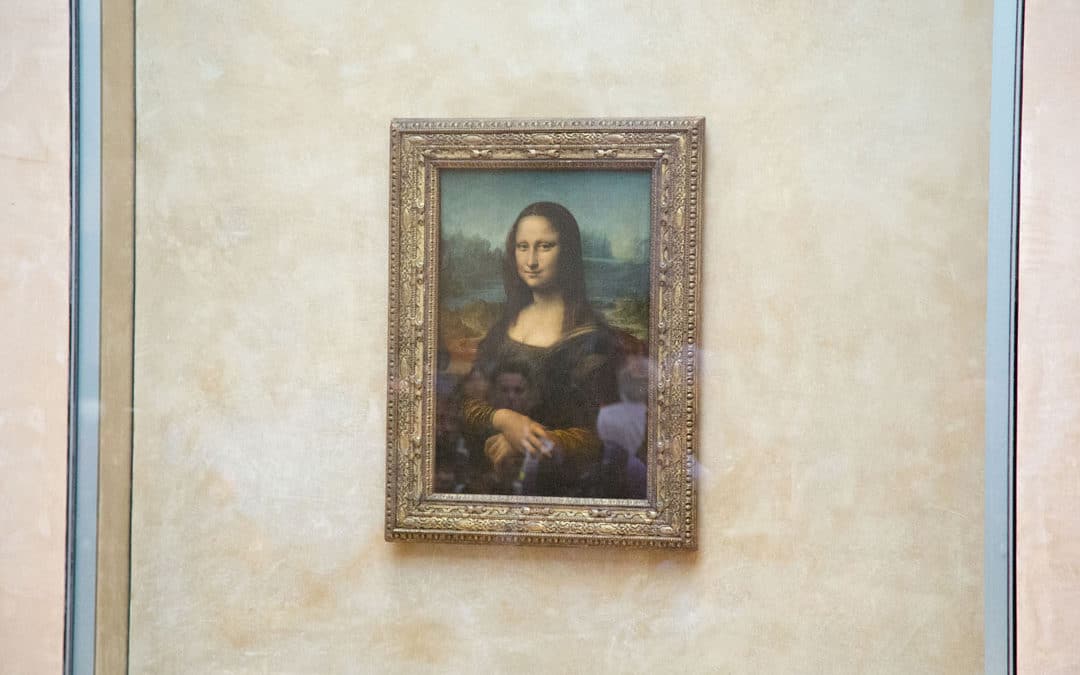With UK museums potentially due to begin reopening in July, a question being asked by the museum and conservation community on both sides of the Atlantic is whether more heavily disinfected galleries will pose a heightened threat to art.
Many excellent points were made by Casadio in the article and some of them raised several questions. For instance, whether searching for a chemically compliant cleaning agent for each artwork’s individual composition is really feasible for cash-strapped institutions. Is it even the most logical approach to protecting art – and visitors – in museums?
When museums reopen, it is true that art will be more exposed to disinfectants in the general atmosphere. However, provided that chemicals are not applied directly onto the artwork or used aggressively in spray form which could find their way onto the artwork through droplets carried in the air, we would not anticipate there being any great increase of risk to the artefacts on display. Furthermore, we are uncertain that there is any justification on public health grounds for disinfecting individual works of art.
The fact that museums visitors do not (or should not!) touch artworks, means that even if a small amount of the virus was to land on the surface of an exhibit, it is unlikely to be passed on by physical contact. Therefore, the artwork should theoretically pose little or no risk.
For museums, keeping visitors safe is of paramount importance, and we will inevitably see changes in the way museums operate.
There is a likelihood that we will see more indepth and more frequent cleaning in exhibition spaces, including the areas immediately surrounding an artwork. We feel that this latter scenario could indeed pose a high risk to exhibits due to accidental disinfectant splashback.
Where we potentially differ with Casadio’s argument is that rather than focusing on the choice of disinfectant used, we feel that a more practical strategy for museums would be the implementation of protective measures.
For instance, this could take the form of the installation of non-reflective museum glass in front of artworks. Arguably the most famous painting in the world, the Mona Lisa (on public display in the Louvre Museum, Paris) has been sealed behind bulletproof glass since 1960.

Many UK institutions already use barrier strategies to protect their art from environmental risks.
Most UK museums are already familiar with the use of protective barrier layers, including UV filtering glazing and protective backings, used to create a micro-climate for the artwork when displayed in less than ideal conditions.
With Covid-19-preventive measures being developed and implemented by museums at this very moment, the heightened risk of cleaning damage to exhibits is a key topic of discussions amongst conservators. The development of special art-friendly cleaning agents could well have a critical future role to play in the protection of artworks in museum collections, however we would anticipate, certainly in the short to mid-term, museums implementing a more ‘Mona Lisa’ style approach to protecting their most valuable artworks from cleaning damage.
We look forward to future developments…

